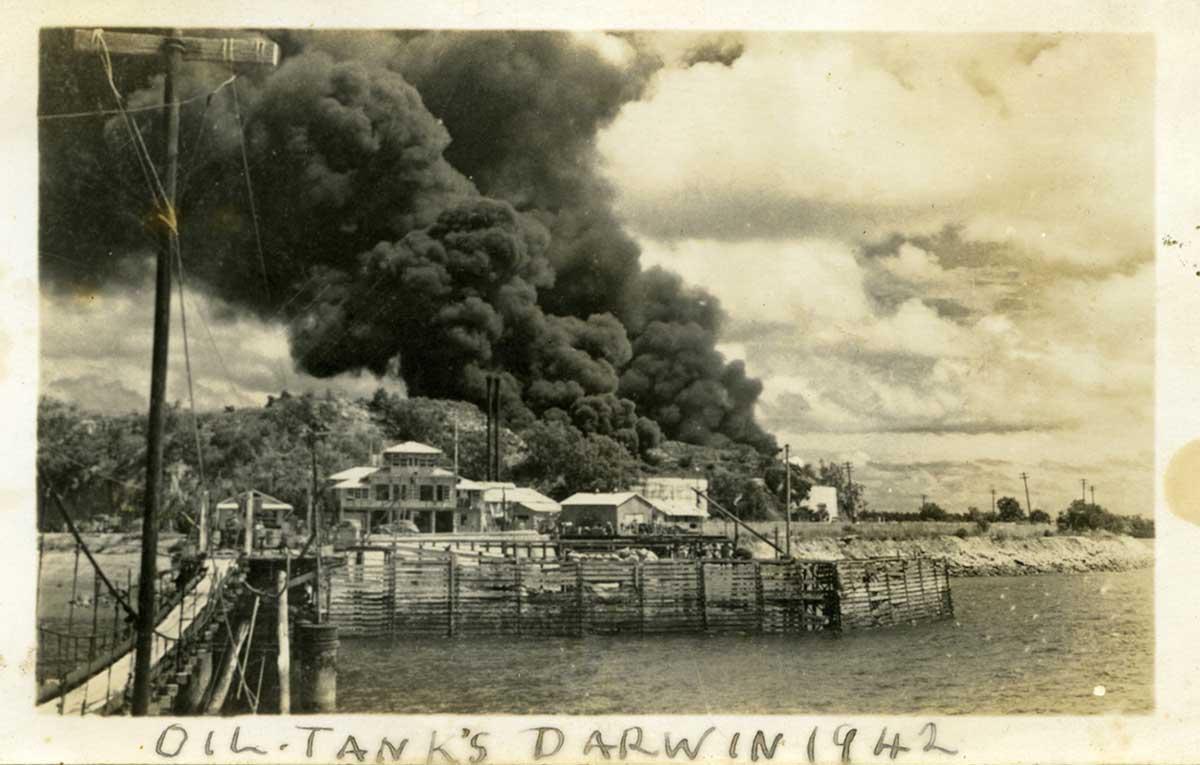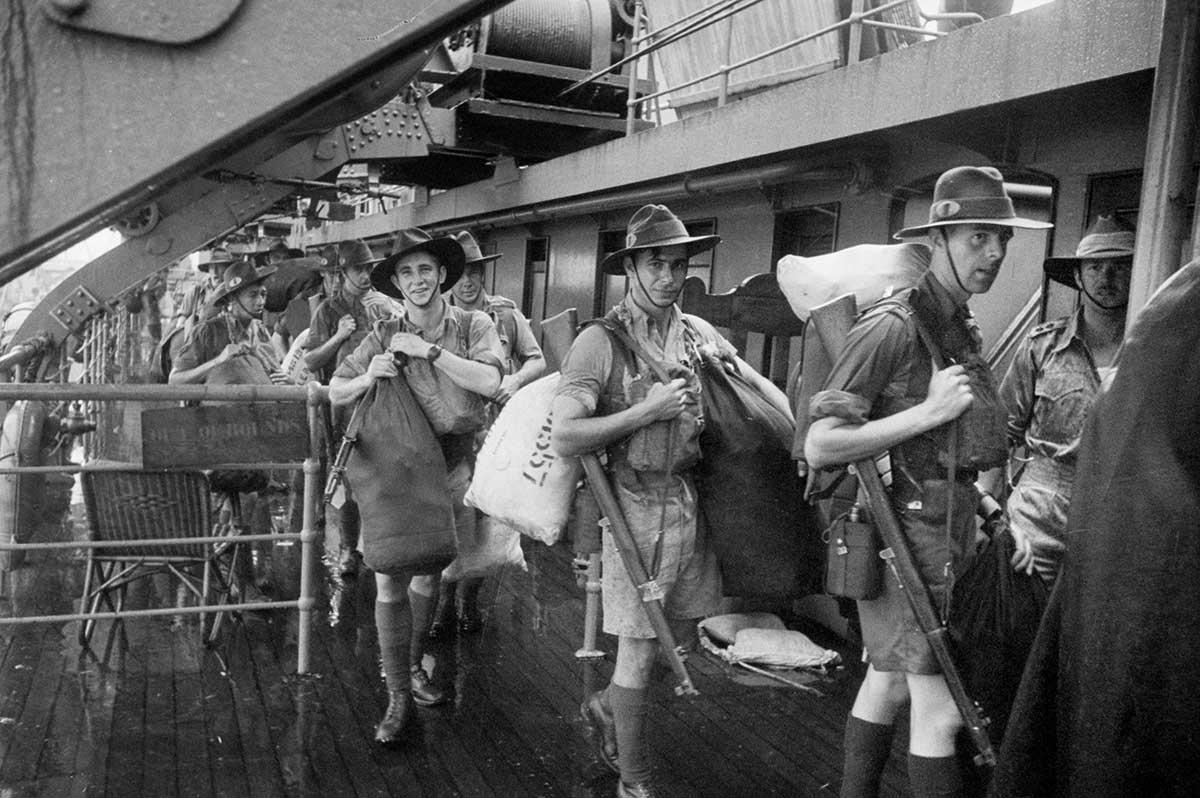Learning module:
Second World War Defining Moments, 1939–1945
Bringing it together
The Second World War: Change and continuity
You should now be in a position to start developing ideas about the five questions set at the very start of this learning module:
- What were the causes and the course of the Second World War?
- What significant events occurred?
- What were the experiences of Australians during the Second World War?
- How did the Second World War change Australians?
- What was the significance of the Second World War to Australia’s international relationships?
One way of thinking about this is to consider change and continuity — what was Australia like at the start of the Second World War? And what was it like at the end? What was similar (continuity) and what was different (change)?
Consider the different aspects of Australian social and political life listed in the table below, and describe what they were like before and after the Second World War. You may need to do some further research to understand some of these aspects of Australian life more fully.
| Aspects | Before the Second World War | After the Second World War |
|---|---|---|
| Australia’s alliances | ||
| Its enemies | ||
| Its national independence | ||
| Role and place of women | ||
| The economy (Industry and Pastoral/Agricultural) | ||
| Place of Aboriginal and Torres Strait Islander people | ||
| Role of Commonwealth Government in people’s lives | ||
| Immigration policies | ||
| Trade partners | ||
| Australians’ view of their national identity | ||
| Australia’s role in the world |








